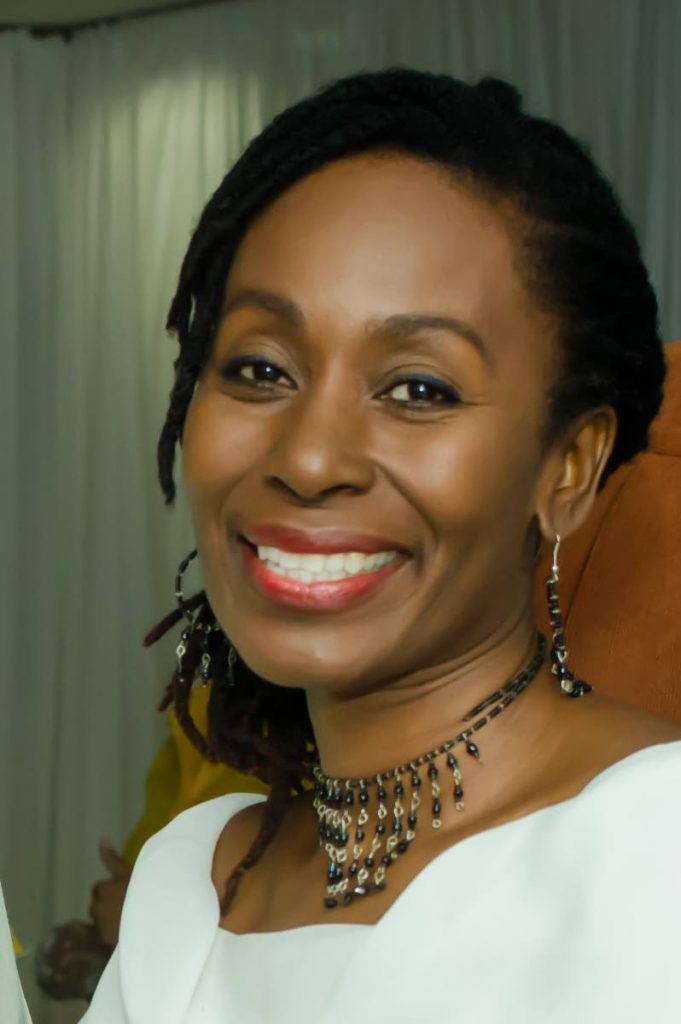Cinema of the community centre

Culture Matters
DARA E HEALY
“Once we realised how important this story could be, we just put ourselves in a position that there was no turning back. We’re going to do this.”
– Michael Mooledhar, director, Green Days by the River
IN SEPTEMBER 2017, Michael Mooledhar and Christian James introduced us to Green Days by the River, the film. Adapted from the novel by Michael Anthony, the production generated tremendous excitement. Four years later, are we any closer to defining a local or regional perspective for our visual content? Or are we still attempting to compete with the massive budgets and styles of Hollywood? As community cinemas become overshadowed by western-styled multiplexes, are we concerned that our stories are being drowned out by budget-driven narratives?
The producers of Green Days by the River were particular about creating a beautiful film. Michael and Christian knew they wanted to showcase it at international festivals; quality was critical. Celebrated film-maker Yao Ramesar has pointed out that audiences have become used to the technical excellence of Hollywood, so it is not practical to expect them to pay to see a film that does not attain such standards.
Naturally, he is correct. But what if we could get audiences to see film differently? Asha Lovelace, film-maker and curator of Africa Film TT, advocates exploring other advanced film industries such as in Africa or Cuba. Increasingly, young practitioners are telling stories that revolve around social issues, gender, identity and Carnival. The recent Film and Folklore Festival saw artists reimagine ancient traditions.
But even if we got people to think differently about visual content, the question of community venues to view our stories remains. The London Electric Theatre was the first cinema to open in Woodbrook in 1911. By 1918 there was Palladium in Tunapuna.
War had just ended and the dominance of American culture was sweeping the Caribbean. The pervasiveness of their music and movies seeped into our culture. Steelbands adopted the names of famous American films. Even the portrayal of traditional Carnival characters was influenced, as the African griot became a midnight robber obsessed with death and gun culture.
However, cinemas offered affordable entertainment. Vistarama, Empire, Ritz, Royal, Superstar, Deluxe – they had grand names, but became the backdrop for real-life romantic dramas and a break from the mundane. One person remembers running away from school to see a 12.30 matinee. “...Saw plenty ‘kick-ups’ here. Splendor in the Grass and the Graduate 60s and early 70s. The good ole Strand...right smack there at the corner of Tragerete Road and Dundonald Street.”
For a long time cinemas resisted the arrival of television and new digital technologies which allowed people more options to view films at home. At one point in the 1970s, the cinema even became a political issue as activists rebelled against films which portrayed negative stories about people of African heritage.
Today, many of these signature buildings which had become part of our national story are no more. Turned into groceries, churches, clubs or simply crumbling, the nostalgia of this type of entertainment has gradually succumbed to a more, well, Disney-like way of viewing films.
As the world continues to be disrupted, how will we ensure that a Caribbean view of the world is communicated to the people who need it the most? If we are to create a film industry that makes sense for us, we need to answer the questions about cultural identity and nation building that were posed by pioneers like Horace Ové, Euzhan Palcy and Gloria Rolando decades ago.
What could we achieve, for instance, by changing the concept, even the language of distribution? Instead, what if we thought about empowering through the telling of our stories? This would open up our stories to be showcased on buses, ferries, at City Gate, in our airports, our community centres, health clinics and, of course, in the cinemas. We could train communities to use their devices to document our stories, create content that empowers us.
In the 1980s, Haitian film-maker Rassoul Labuchin used exactly this technique when his film Anita was censored. He trained members of the community to use projectors and screens. He built an audience and told his story.
As nations become more consumed by survival, TT and the rest of the Caribbean will need to find our own strength. We have stories on every corner and as Green Days by the River proved, people want to hear them.
Many of our cinemas have gone, but the cinema of the community centre awaits. Action!
Dara E Healy is a performance artist and founder of the Indigenous Creative Arts Network – ICAN


Comments
"Cinema of the community centre"